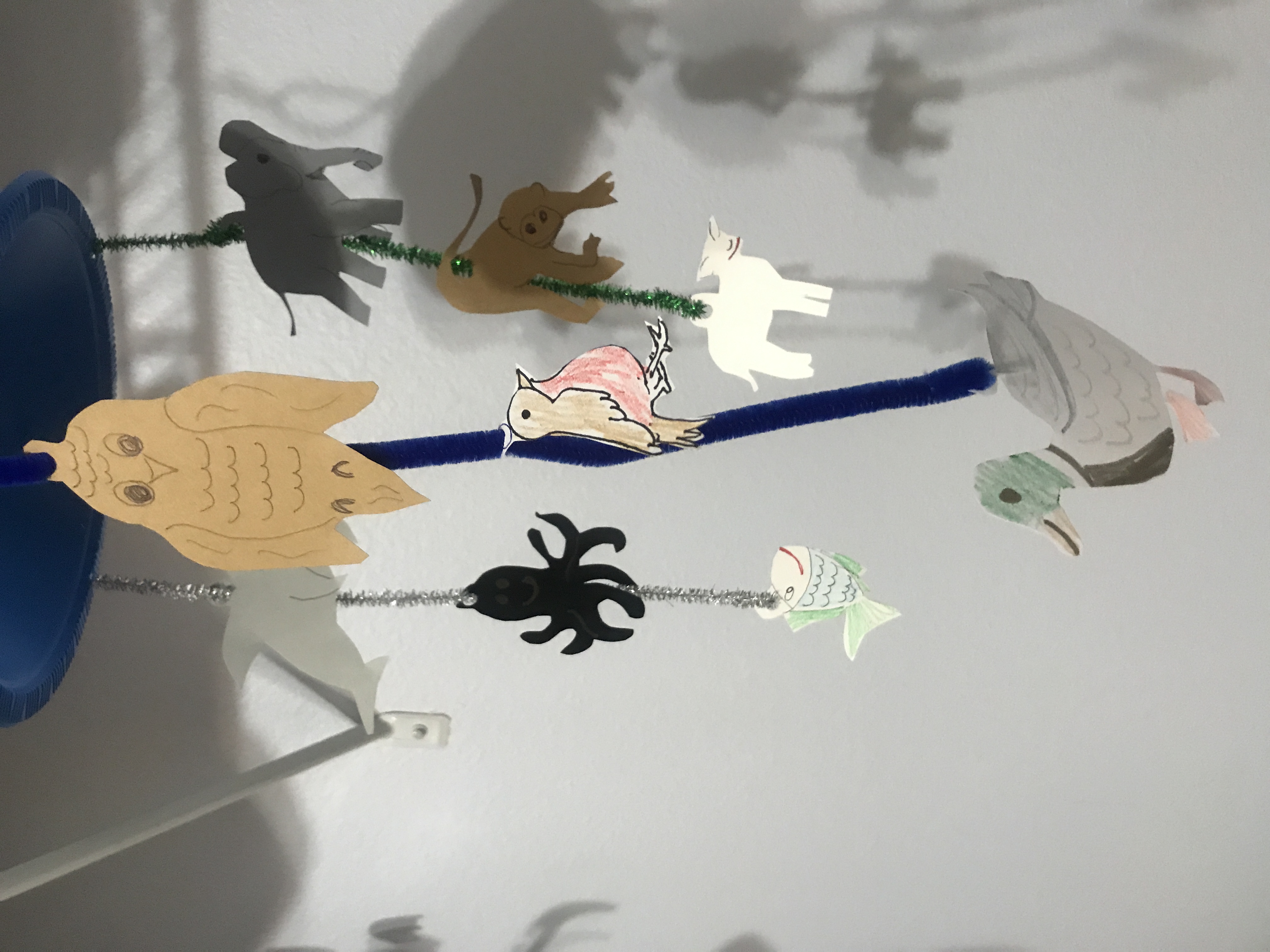Math, Art, and Children

Writing a craft book uses lots of math, so it’s good that I’m a mathematician! I am including steam pages as I co-author with my daughter Rebecca White. Art includes symmetry, balance, measurements, proportion an also many other terms.
When we do art with children we should use correct math terms to weave math in naturally. It’s spring and time for planting seeds and seeing butterflies. Activities for both can easily include math. Fold a paper and cut half a butterfly shape for a child to open and see the full butterfly. That’s a lesson on symmetry. Open the paper back up, use an eye dropper and water colors to drop color on only one side. Now fold the paper, press the paper, and open it back up. Ah, there’s color mixing and the symmetry of how the colors spread. Discuss the shapes formed, the symmetry, and what colors mixed to form a new color. Share how each butterfly started as a caterpillar and loo for cocoons. I’ve grown parsley and other plants to attract butterflies that will lay eggs on the plants to watch the entire cycle.When a child is having fun they easily absorb the related ideas.
For, planting, have children measure the depth and distance needed to plant the seeds. Chat about the proportion, distance, and measurements. How are inches shorter than a foot and which seeds will grow so big that they need more space (distance) that other seeds.
When we integrate math language and thinking into daily life children develop an appreciation for math and realize it’s a natural part of life. That helps them not be afraid of numbers and number concepts. I learned these and other concepts as a young child and made sure I did the same with my children (2 become rocket scientists and another is an accountant).
Similar to mobiles, in Finland people create hanging art with straw called Hemmeli (meaning sky). These are symmetrical done in pyramid shapes.
The Museum Van Het Nederlandse Uurwerk in Zaandam, Netherlands includes a mobile from 1751. The mobile scene displays four whaling ships circling a whale.
Calder explored mobiles and sculptures in the 1930s and 1940s. In 1931, Calder experimented with motorized construction as well as other art forms that used principles of kinetics. He show cased his first standing mobile in 1932m known as Object with Red Discs.
Have fun teaching little ones to play with balance with a rock, chenille stems, and small objects (paper share with holes punched in them, beads, and buttons work well). Let little ones wrap a chenille stem around a rock and add their treasures. See if the can get the chenille stems to balance and stay upright. They will be following Calder’s experiments in balance and kinetics!
Thanks for tuning in! I’m Karen Whiting (www.karenwhiting.com)
I hope you enjoy activities and book wit chilcren.
christianchildrensauthors #christianbooks #christianauthors #karenwhiting #christianwriters #christianteachers #christianbooksforkids #christianchildrensbook #christianhomeschool
